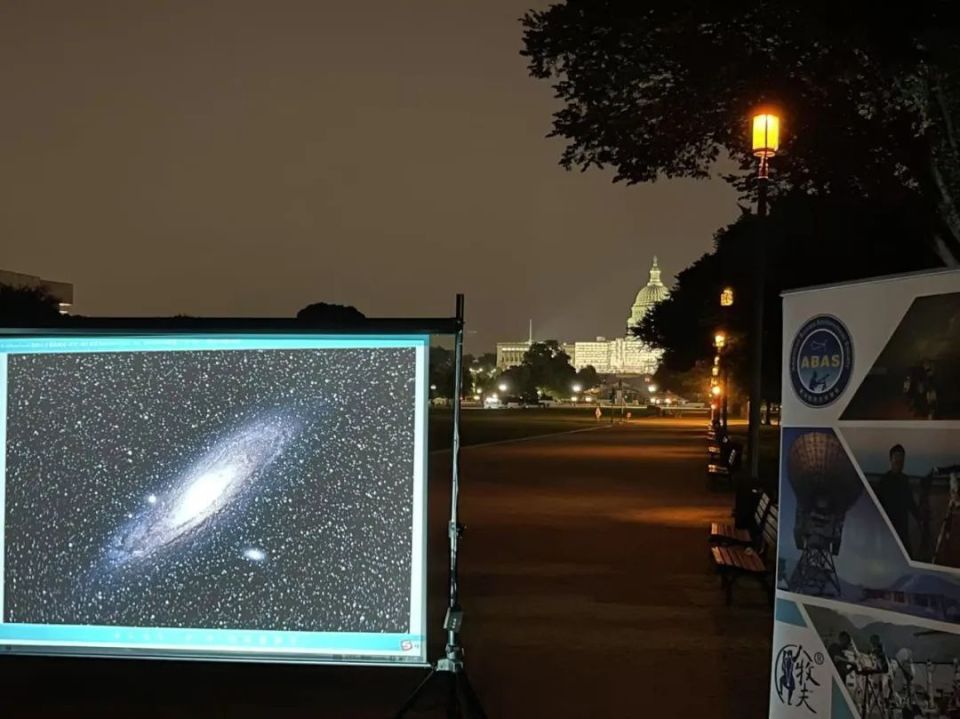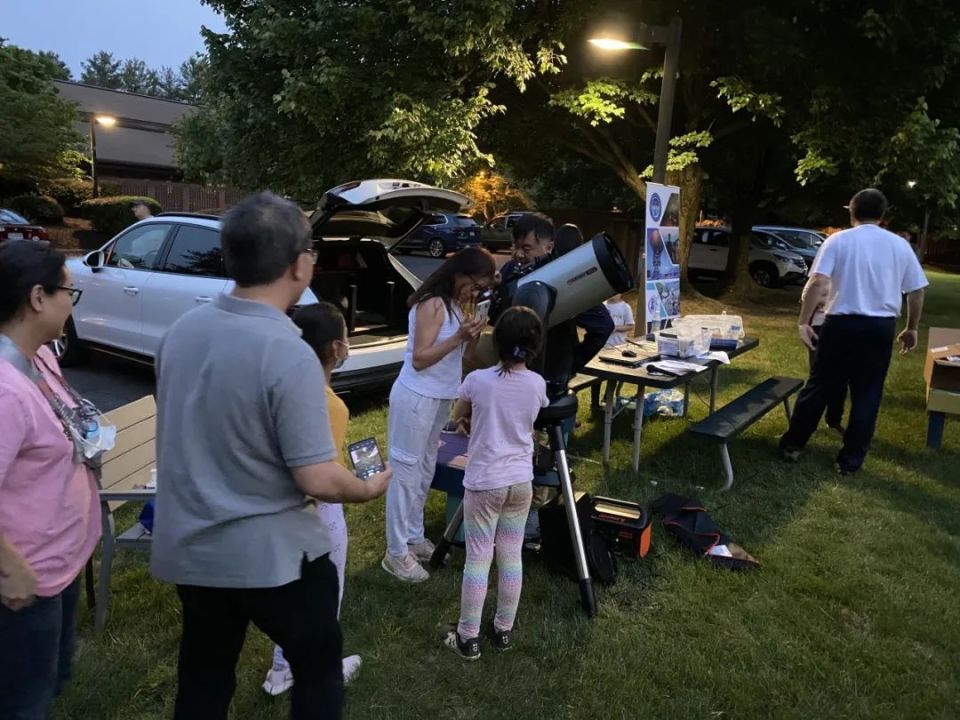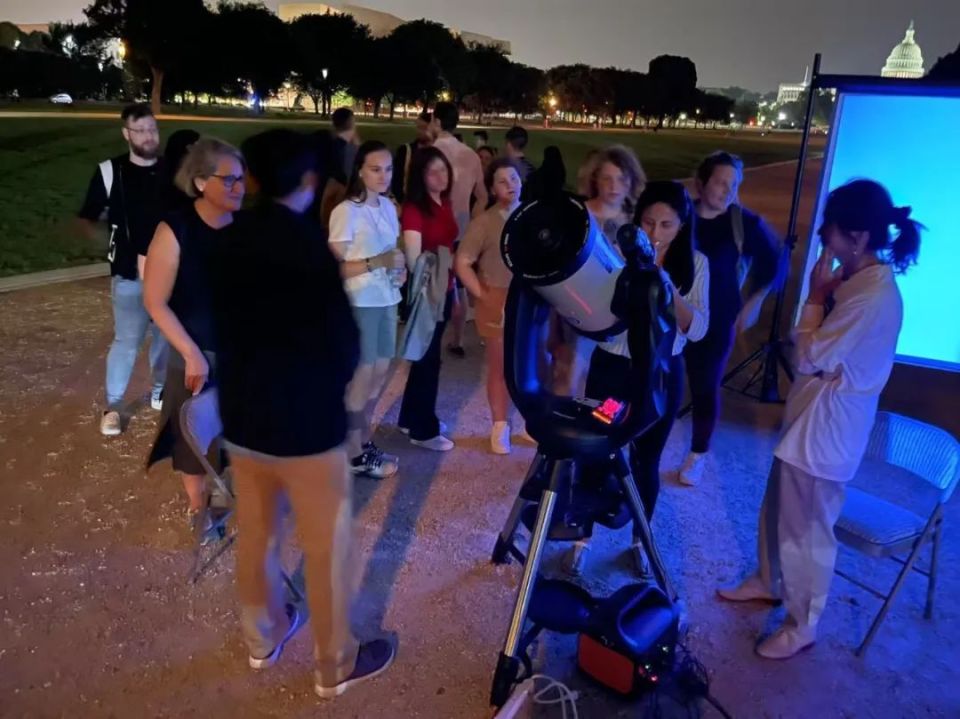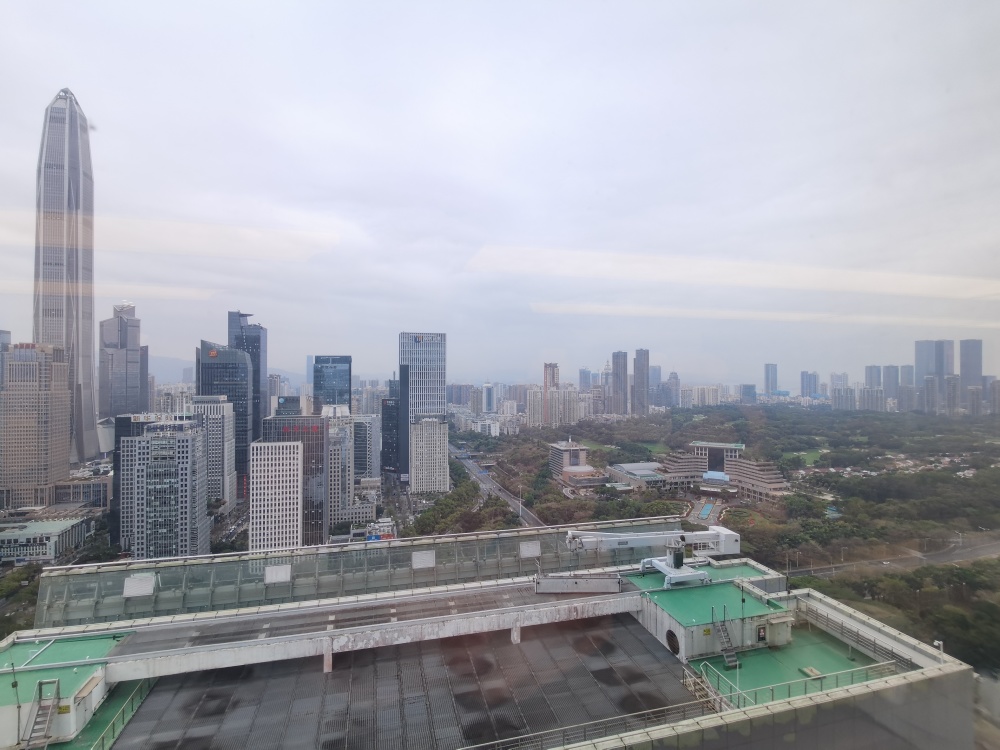Day 1: Introduction to the Night Sky & Basics of Astronomy + Getting to Know the Meteor Shower
Lecture Topics (Approx. 2–2.5 hours):
● What is astronomy? How is it connected to our daily lives?
●Classification of celestial bodies: differences between stars, planets, moons, asteroids, comets
● Origins and naming of constellations (including Greek mythology)
● Introduction to the Perseid Meteor Shower: timing, causes, observation tips
●Using constellations to locate Polaris and understanding seasonal constellation changes
● Famous astronomers and the scientific revolution: how Galileo changed the world with a telescope
● Key figures: Galileo, Copernicus, Newton
● Earth’s rotation and revolution: causes of day-night and seasonal changes
Activities (Approx. 1–1.5 hours):
● Use Stellarium software to locate constellations
●Make a constellation viewer (black paper + flashlight)
● Group artwork “My View of the Meteor Shower” and identifying the location of Perseus
Day 2: Introduction to Astrophotography & Meteor Shower Observation
Lecture Topics:
● Basics of astrophotography: camera types (DSLR/mirrorless), lenses, tripods
● Settings for night sky photography: ISO, shutter speed, aperture; what is long exposure and why a tripod is necessary
● Teaching basic camera settings: how ISO, shutter speed, and aperture affect images
● How to assess light pollution and choose the right time/place to shoot
● Mobile phone photography tips: using night mode and stabilisers
● Forecasting the Perseid peak and planning for photography
Suggestion: Students are encouraged to bring cameras and tripods. Smartphones, iPads, etc., are also welcome for participation.
Activities:
● Daytime: practice with equipment—composition, focusing, exposure simulation experiments
Evening Special Event: Perseid Meteor Shower Observation at Lake Fairfax Hilltop Group Campsite
○Guided long-exposure photography or visual observation and meteor count logging
○ Photography guidance
Day 3:Telescope Operation & Solar System Exploration
Lecture Topics (Approx. 2 hours):
● Principles and uses of different types of telescopes (refracting, reflecting, radio)
● Overview of the solar system: structure and orbits of terrestrial vs. gas giant planets
● Mars vs. Venus: geology, atmosphere, life detection challenges and trivia
● Tips and common mistakes in using telescopes (e.g., image inversion, magnification issues)
● How NASA probes study alien atmospheres (with greenhouse effect experiments)
Activities:
● Make a paper telescope and practice distant viewing outdoors
● Use NASA Eyes or Solar System Simulator to explore the planets
● Game: teams race to find planets using Stellarium – fastest team wins
Evening Special Event: Community Stargazing in Virginia
Day 4: Exploring the Moon & Future Lunar Missions
Lecture Topics (Approx. 2 hours):
● Basic lunar features: types of terrain (maria, craters, highlands) and their origins
● Phases of the Moon and tides: with models and diagrams
● Three major moon formation theories: Giant Impact, Capture, Co-formation
● Review of lunar exploration: Apollo missions, Chang’e missions, Artemis Program
● Discussion on future lunar bases: energy, water, and human habitation challenges
Activities:
● Use GlobeViewer Moon App to virtually explore the Moon’s terrain
● Group project: design a future moon mission (mission goals, payload, robotic design)
Evening Special Event: Community Stargazing in Maryland
Day 5:Solar Observation & The Future of Astronomy
Lecture Topics (Approx. 2 hours):
● The Sun’s five layers: core, radiative zone, convective zone, chromosphere, corona
● Solar phenomena: sunspots, flares, prominences, solar wind
● Impacts of space weather: GPS disruption, auroras, solar storms
● Light pollution and dark-sky preservation: advocacy by International Dark-Sky Association
● Future astronomy missions: James Webb Space Telescope, Mars base concepts
● Overview of space policy and international cooperation (briefly covering NASA, ESA, CNSA, etc.)
Activities:
● Draw a cross-section of the Sun + solar observation using filters (weather permitting)
● Group design presentations: “Future Deep Space Missions”
● Closing ceremony: showcase projects, issue certificates, group photo
Special Afternoon Event: Optional Solar Observation at the National Mall (weather-dependent)








